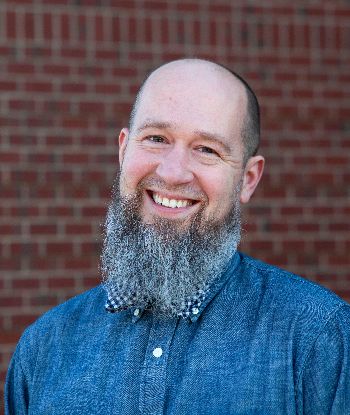Week 3 Reflection

JEREMY ALEXANDER, Ph.D.
INSTRUCTIONAL COACH
ROCHE CENTER FOR CATHOLIC EDUCATION
This past week I spent some time with my family at one of our local museums – the Peabody Essex Museum. They had some really amazing exhibits, everything from some fashion history to the Salem Witch Trials. While several pieces there were interesting and captured my attention, one in particular stayed with me. Entering into one of the exhibits about Asian history they had a large map of the world turned upside down with Asia situated in the center of the map. The map was an invitation to rethink viewers’ normal ways of understanding and seeing our geography.
While this isn’t the first time I’ve seen an inverted map, in fact you can easily find images of this by simply Googling “inverted map,” but this did get me thinking about the ways in which we frame the world and our lives. We often get stuck seeing things from a specific angle or perspective, over time we assume this perspective to be “normal.” I think the same can be true concerning issues of identity. Some identities get “normalized” while others are assumed to be odd, different, minoritized, or just plain wrong. But what if we stepped back and flipped the way we frame what is “normal” in thinking about identity? What might we be able to learn from one another if we were to prioritize and center some of those identities that have traditionally been set to the side or marginalized?
But taking a new perspective is difficult, it requires patience and thoughtful attention, not simple platitudes or celebrations. Taking a familiar picture or painting and putting it in a new frame and mat forces us to slow down and ask questions like: What’s different in this painting with the new frame? How does the new frame let us see different colors or shades? What does the new frame reveal or conceal about the painting? A new frame can often open up whole new worlds to us and allow us to see things in different ways, but it takes time and patience.
As we continue to read The Age of Identity this week and share our thoughts online, I invite you to try and think differently about identity. As you read about multiple identities (Chapter 5) and intersecting identities (Chapter 6), try to take a step back, be patient, and reframe the way you see identity and think about what this could open up in your classroom and schools.
Cheers,
Jeremy Alexander